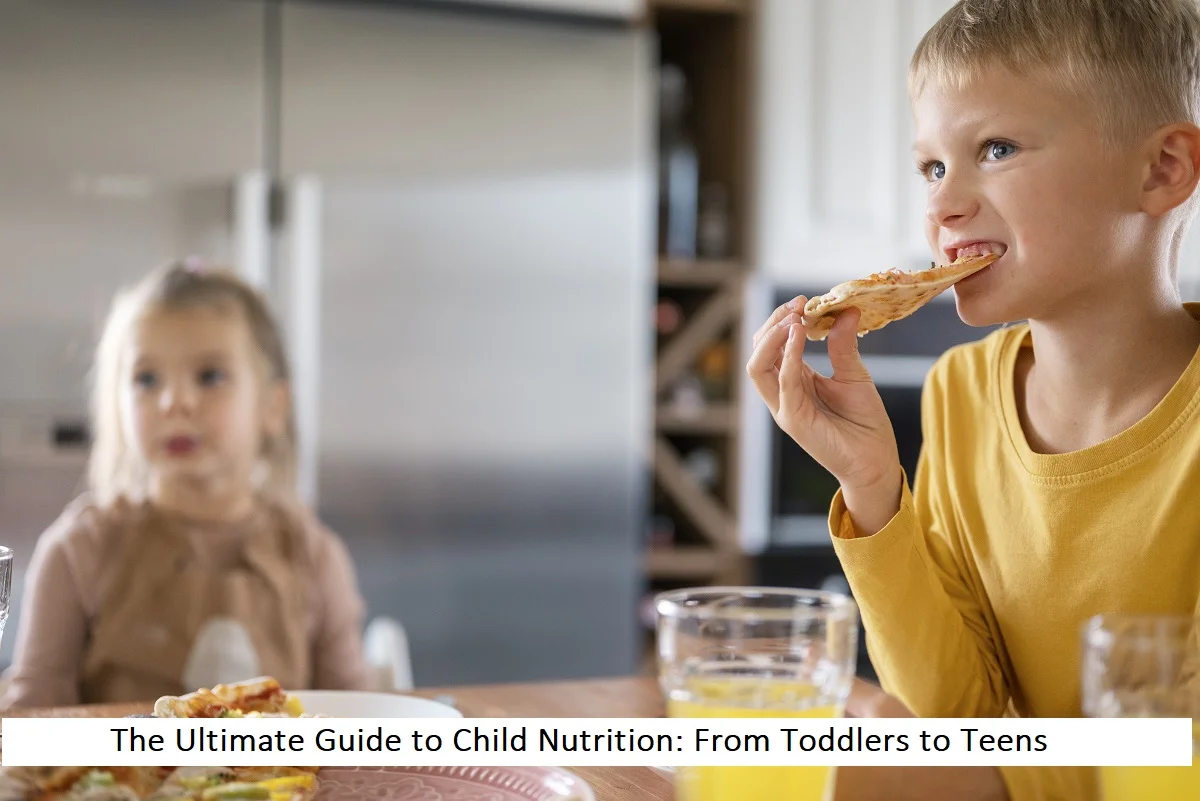Nutrition is one of the most significant factors in a child’s growth and development, making healthy meal planning in childcare settings a global priority. Across different cultures and regions, creating meal plans that cater to dietary needs, cultural preferences, and nutritional guidelines can set the stage for a lifetime of healthy eating habits. This article dives into actionable tips, real-world examples, and universal strategies to create nutritious and appealing meal plans for children in childcare settings.
1. The Importance of Balanced Nutrition
A balanced diet ensures that children get all the nutrients they need for physical growth, cognitive development, and emotional well-being. A good meal plan should include:
- Proteins: Essential for growth and repair, such as chicken, lentils, eggs, or tofu.
- Carbohydrates: A source of energy, including whole grains like quinoa, brown rice, and whole wheat bread.
- Fruits and Vegetables: Packed with vitamins and minerals, ensuring a variety of colors on the plate.
- Healthy Fats: For brain development, from sources like avocados, nuts, seeds, or fatty fish.
- Dairy or Fortified Alternatives: For calcium and vitamin D, including milk, yogurt, or fortified plant-based options.
Example: In Japan, childcare centers often serve bento boxes containing rice, fish, vegetables, and fruit, combining balance with presentation to make meals more appealing to children.
2. Incorporate Cultural Diversity in Meals
Introducing global flavors not only expands children’s palates but also fosters inclusivity and cultural appreciation.
- Asian-Inspired Options: Steamed rice, stir-fried vegetables, and tofu.
- Middle Eastern Delights: Pita bread with hummus and a side of cucumber slices.
- Western Favorites: Whole-grain pasta with tomato-based sauces and a sprinkling of cheese.
As highlighted in How to Manage Childcare Costs Effectively, involving parents in meal planning can ensure cultural and dietary needs are met, while remaining cost-effective.
3. Cater to Dietary Restrictions
Children in childcare settings may have allergies or specific dietary needs. Planning meals that account for these is essential:
- Identify allergies during registration and ensure clear communication with kitchen staff.
- Provide allergen-free options like gluten-free bread or dairy-free milk.
- Use separate utensils to avoid cross-contamination.
Example: In Australia, childcare facilities often have strict allergen policies, creating nut-free zones to ensure children’s safety.
4. Emphasize Healthy Snacking
Snacks are a crucial part of a child’s daily intake. Avoid high-sugar, processed options and instead opt for:
- Fresh fruits like apple slices or grapes.
- Whole-grain crackers with cheese.
- Homemade trail mix with seeds, nuts, and dried fruit.
5. Make Mealtime Fun and Engaging
Children are more likely to eat healthy meals if they enjoy the experience.
- Use colorful plates and utensils.
- Arrange food in fun shapes or patterns (e.g., fruit kabobs or smiley-face sandwiches).
- Encourage communal dining to promote social skills.
Example: Scandinavian childcare facilities often involve children in setting the table and serving food, making mealtime a shared, enjoyable experience.
6. Encourage Hydration
Dehydration can affect focus and energy levels, so it’s essential to ensure children drink enough fluids throughout the day:
- Offer water as the primary beverage.
- Limit sugary drinks like sodas and fruit juices.
- Include hydrating snacks such as cucumber sticks or watermelon slices.
7. Plan Portion Sizes Appropriately
Serving the right portion sizes helps avoid waste and ensures children get just the right amount of food for their age and activity level:
- Serve small portions for toddlers, with the option for seconds.
- Gradually increase portion sizes for older children.
- Use portion control tools or plates with divided sections.
8. Minimize Food Waste
Reducing waste is not only environmentally friendly but also cost-effective:
- Encourage children to try small portions of new foods before committing to larger servings.
- Repurpose leftovers creatively, such as turning yesterday’s steamed veggies into today’s soup.
- Teach children about food waste through fun activities like composting.
Example: In France, some childcare centers involve children in meal prep, teaching them to value food and minimize waste.
9. Collaborate with Parents
Parents can provide valuable input to enhance meal plans and ensure continuity between home and childcare settings:
- Share weekly menus to keep parents informed.
- Collect feedback on meals to accommodate preferences or restrictions.
- Organize cooking workshops where parents and children can learn healthy recipes together.
10. Introduce Seasonal and Local Ingredients
Using fresh, local produce not only enhances nutritional value but also supports the community:
- Plan menus around seasonal fruits and vegetables.
- Visit local markets or farms with the children to educate them about food sources.
Sample Weekly Meal Plan
Here’s an example of a globally inspired, balanced meal plan:
Monday:
- Breakfast: Whole-grain cereal with milk and banana slices.
- Snack: Apple wedges with peanut butter.
- Lunch: Grilled chicken, quinoa, and steamed broccoli.
Tuesday:
- Breakfast: Scrambled eggs with whole-grain toast.
- Snack: Yogurt with fresh berries.
- Lunch: Lentil curry with brown rice and cucumber salad.
Wednesday:
- Breakfast: Smoothie made with spinach, mango, and almond milk.
- Snack: Carrot sticks with hummus.
- Lunch: Turkey sandwich with a side of cherry tomatoes.
Thursday:
- Breakfast: Oatmeal with raisins and honey.
- Snack: Cheese cubes and whole-grain crackers.
- Lunch: Baked fish with mashed sweet potatoes and green beans.
Friday:
- Breakfast: Pancakes made with whole-wheat flour, topped with fresh fruit.
- Snack: Hard-boiled egg and orange slices.
- Lunch: Pasta with marinara sauce and grilled zucchini.
Holistic Benefits of Healthy Meal Plans
Well-planned meals in childcare settings:
- Enhance cognitive and physical development.
- Instill lifelong healthy eating habits.
- Create a positive relationship with food.
Final Thoughts
Healthy meal plans are more than just a menu; they are a cornerstone of a child’s holistic development. By incorporating cultural diversity, managing dietary restrictions, and involving parents, childcare providers can create an inclusive and nourishing environment. Drawing on insights from How to Create a Safe and Stimulating Environment for Your Child, it’s clear that investing in nutrition supports not just children but the entire community.








